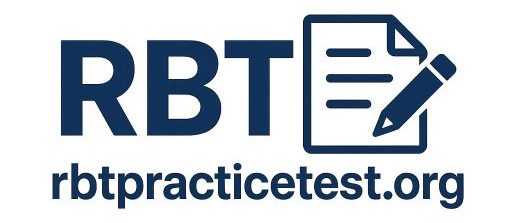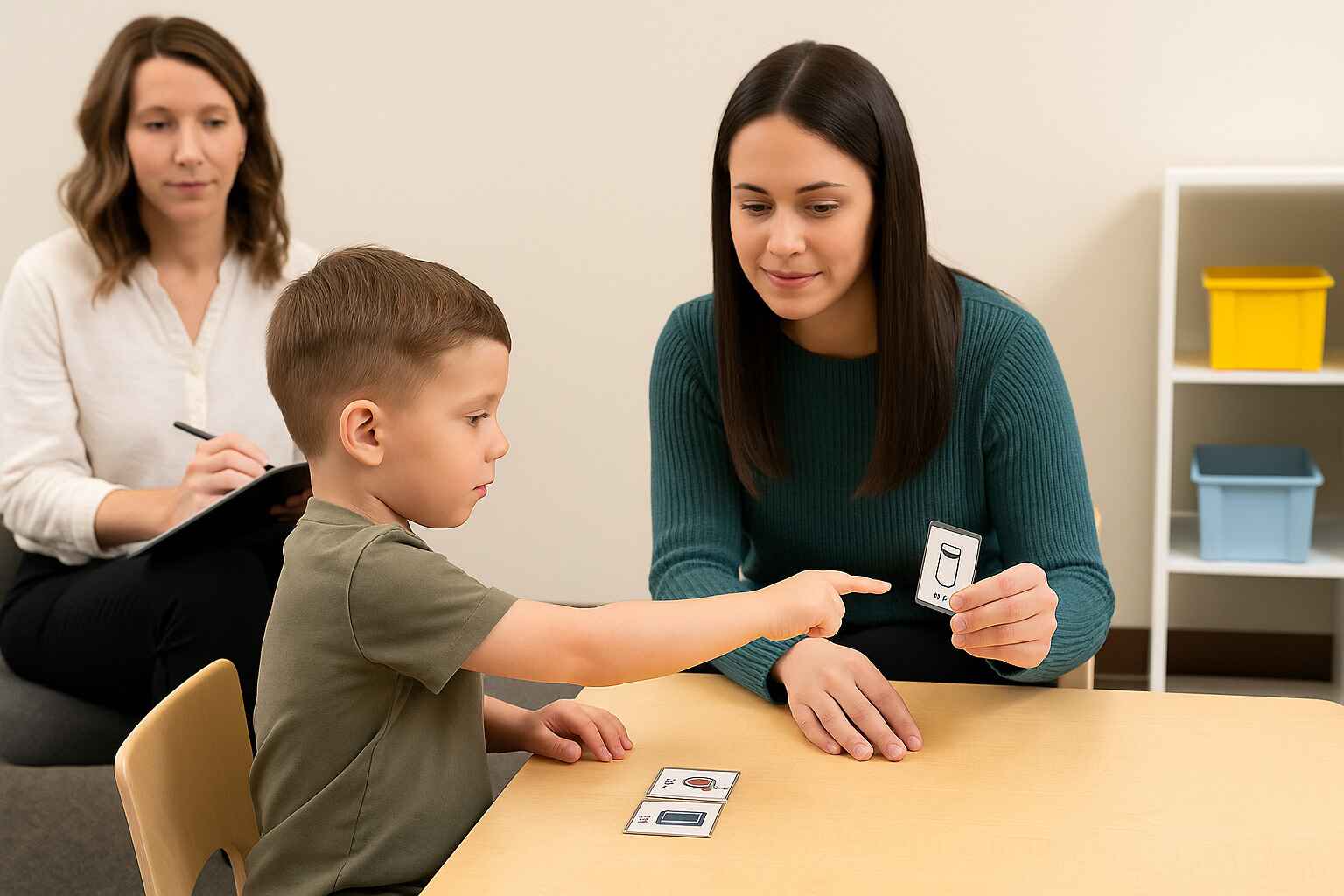Supervision is a foundational requirement in the practice of Applied Behavior Analysis (ABA), especially for Registered Behavior Technicians (RBTs). The RBT supervision requirements ensure that RBTs maintain ethical standards, apply behavioral interventions accurately, and continue developing professionally. These guidelines not only support the RBT’s growth but also maintain the quality and consistency of care provided to clients.
In this sharing, you will know required supervision hours, supervisor qualifications, types and formats of supervision, and documentation practices. By understanding these requirements effectively, you – as an RBT – can contribute to better client outcomes and uphold the integrity of ABA services with your supervisor.
Overview of RBT supervision requirements
Supervision requirements are what an RBT must follow to conduct ABA therapy session under the supervision of a Behavior Analyst Certification Board (BACB). BACB requires certified RBTs to receive ongoing supervision to maintain their certification. This process ensures they follow ethical guidelines, apply behavior plans correctly, and develop professionally.
Supervisors observe RBTs during sessions, give feedback, and guide performance improvements. They must be qualified professionals such as BCBAs or BCaBAs who meet BACB’s training requirements. Consistent, high-quality supervision helps RBTs provide effective care and supports better treatment for clients.
Frequency and format of RBT supervision
RBTs must receive a minimum of 5% of their total monthly work hours in supervision from a qualified supervisor. This requirement ensures consistent oversight of service quality, ethical conduct, and professional growth.
Supervision must include at least 2 face-to-face, real-time meetings per month, with 1 direct observation of the RBT delivering services. At least half of the total supervision time must be conducted individually, while group sessions may include up to 10 RBTs. These sessions allow supervisors to provide timely feedback, model techniques, and support skill development.
Qualifications of RBT supervisors
RBT supervisors must hold certification as a Board Certified Behavior Analyst (BCBA) or Board Certified Assistant Behavior Analyst (BCaBA). They must complete a minimum of 8 hours of supervision training approved by the Behavior Analyst Certification Board (BACB).
Supervisors have to ensure all activities meet BACB standards and that documentation is properly maintained for certification compliance.
- Observing RBTs during client sessions.
- Providing real-time and written feedback or discussion from client case discussions, ABA technique implementation, and ethical considerations.
- Reviewing documentation and data collection accuracy.
- Monitoring adherence to the RBT ethics code.
- Supporting the development of technical and interpersonal skills.
- Ensuring supervision activities are properly documented and compliant.
By meeting these qualifications, supervisors help RBTs grow professionally and ensure that clients receive effective and ethical Applied Behavior Analysis (ABA) services.
Types of RBT supervision: Direct and indirect
RBT supervision includes both direct and indirect formats to ensure comprehensive support and skill development. The BACB defines these two types clearly, and each serves a specific function in helping RBTs meet professional and ethical standards.
- Direct supervision occurs when the supervisor observes the RBT working with a client. This may involve modeling behavior techniques, guiding the RBT through interventions, or providing in-the-moment feedback. Direct supervision supports the application of behavior plans and helps correct performance in real time.
- Indirect supervision includes activities outside of client sessions, such as reviewing data sheets, discussing client progress, analyzing treatment plans, or conducting meetings to provide feedback and instruction. Supervisors may complete these activities without being physically present during service delivery.
Both supervision types must be scheduled regularly, with at least two face-to-face contacts per month, and at least one of them must be individual (not in a group setting). This combination allows RBTs to apply feedback, refine skills, and address challenges under guided support, contributing to the overall quality of care.
Benefits of effective RBT supervision
Effective supervision helps RBTs apply ABA techniques accurately, leading to improved client outcomes. With consistent feedback and guidance, RBTs can deliver interventions that enhance client skill acquisition and behavior change.
This practical learning process builds a solid foundation that supports exam preparation. To reinforce these skills and become more confident in applying them, RBTs can use RBT practice exams as a tool to review key concepts, familiarize themselves with the test format, and assess their readiness for certification.
It’s also important for RBTs to understand how supervision ties into professional conduct as outlined in the BACB guidelines. To know what professional conduct includes, read the professional conduct and scope of practice section in the RBT study guide to have more information.
Common supervision challenges and solutions
Several challenges can hinder the RBT supervision process. In rural or underserved areas, the lack of available supervisors can be addressed through remote supervision platforms using HIPAA-compliant tools like Zoom or Google Meet.
Scheduling conflicts may be resolved with fixed supervision times and reminder systems. To prevent lapses in documentation, RBTs and supervisors can use digital log templates. Reviewing and maintaining session notes is critical in tracking supervision progress and client data.
Scheduling conflicts may be resolved with fixed supervision times and reminder systems. To prevent lapses in documentation, RBTs and supervisors can use digital log templates. Inconsistent or low-quality supervision should be improved through structured agendas and session checklists. Supervisors must also ensure they meet all requirements for certification renewal by documenting supervision activities accurately.
Conclusion
RBT supervision requirements play a vital role in maintaining high standards for both RBTs and their supervisors. For RBTs, regular supervision helps they develop the necessary skills, follow ethical practices, and apply behavior intervention plans with accuracy. For BCBAs, the supervision process will evaluate their team, ensuring that services are delivered consistently and effectively.
By working with qualified supervisors who provide timely feedback, model ABA techniques, and document progress properly, RBTs continue to grow professionally. Ultimately, effective supervision leads to better therapeutic outcomes and fosters a collaborative treatment environment.

